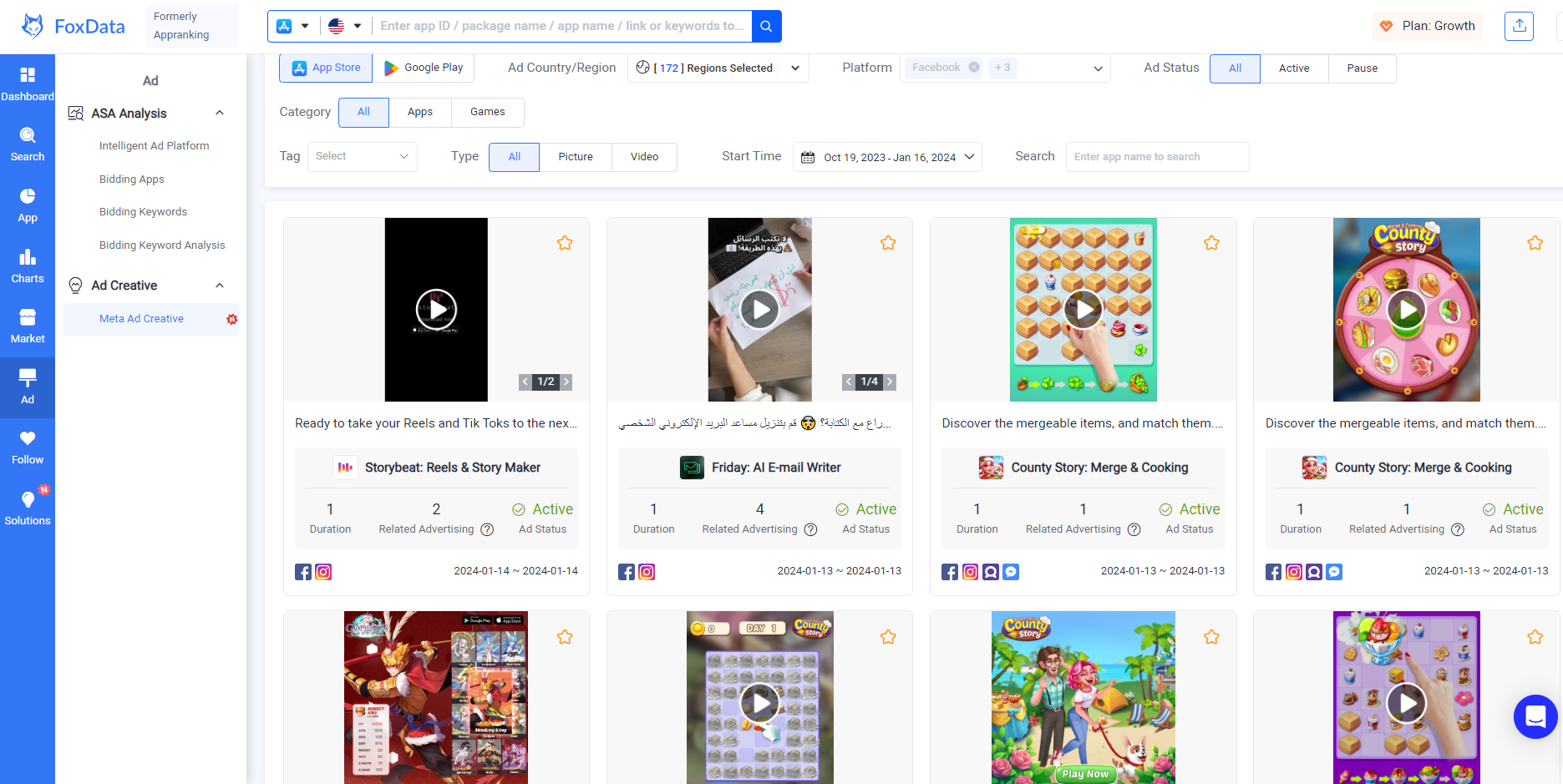Where do your potential customers spend their time? If you're picturing traditional social spots like bars, golf clubs, or live events, it's time to shift your perspective. In line with the habits of nearly 60% of the world's population, which equates to around 4.6 billion individuals, your audience is likely to be found on social media platforms.
To connect with your audience effectively, you need to meet them where they are most active. However, merely posting content and hoping for the best is not a sufficient strategy. To truly capture the attention of your desired demographic, deliver impactful messages, and encourage them to engage with your brand, you must embrace the advantages of paid social media advertising.
8 Essential Steps for Crafting a Paid Social Media Advertising Strategy
Before diving into the realm of paid social media advertising, take a moment to strategize effectively. Here are eight essential tips to guide you in creating a strategy that enhances the likelihood of a triumphant advertising campaign.
1. Set Clear Objectives and Goals
Before launching any social media advertising campaign, pinpoint your objectives. Are you aiming for heightened brand recognition, increased site traffic, or improved conversion rates? Establish these targets upfront and use your chosen platform's tools to set precise benchmarks.
Ensure that your website and content are primed for success. Optimized landing pages and high-quality content should complement your SEO and lead generation initiatives.
👏Expert Tip: Social media ads don't operate in isolation. They're most effective when integrated with a cohesive marketing strategy.
2. Choose the Right Platforms
Determining where your customers are most active online is crucial. Should you fortify your presence on a platform where you're already established, or venture into new territory to broaden your audience?
To make this decision:
- Analyze your buyer persona to understand audience behaviors and attitudes.
- Research demographic usage of various platforms to align with your existing and desired audience.
For example, LinkedIn might be the go-to for engaging C-suite executives, whereas TikTok could be more suitable for reaching younger women.
👉Check out popular social media marketing platforms here.
3. Harness Keywords and Hashtags
While Facebook doesn't support keyword targeting in ads, Twitter does, and it's worth noting that Twitter's keyword usage tends to be more informal and conversational compared to the keywords you'd use for Google search. Embrace a natural tone and don't hesitate to incorporate common slang or trending abbreviations like "FOMO" or "YOLO."
👏Expert Tip: Hashtags are also a vital tool. If you're uncertain about the current trends, investigate what your competitors and their audience are using. Targeting these specific hashtags can help you reach a highly engaged segment of users.

4. Allocate Your Budget Wisely
Paid social media advertising offers cost efficiency, but it operates on a bidding system that mixes strategy with a bit of luck. It's essential to balance your spending to secure effective ad placement without exhausting your budget too quickly.
Like with pay-per-click (PPC) and paid search campaigns, the visibility of your ads is contingent on your budget. Make sure you allocate enough funds to cover the entire span of your campaign.
👏Expert Tip: Since platforms charge your credit card as your budget depletes, you may want to increase your spending limits to prevent campaign interruptions due to card rejections.
5. Utilize Demographic Targeting
For those experienced with PPC, demographic targeting will be familiar. However, the depth of targeting options on social media platforms, such as Facebook and Twitter, surpasses what's available through Google Ads. You have the capability to target over 2,000 demographic options.
Targeting goes beyond basic demographics like age and location. You can also focus on specific behaviors and life events, such as relationship milestones, family growth, or travel plans, offering a precise approach to reach your ideal audience.
6. Learn from Competitors
While it might feel like a leisure activity, scrolling through social media now falls under market research. Examine the social media presence of your competitors, focusing not only on leading brands but also on the specialized, smaller players in your sector. This will provide a comprehensive understanding of the social media landscape you are competing within.
👏Expert Tip: To streamline this process, use tools such as Meta Ad Creative on FoxData. By entering relevant keywords or choosing the category you are interested in, you can access a repository of current and historical ads from Facebook and Instagram, along with any other platforms under Meta's umbrella.
Investigate the details of these campaigns, noting their timelines, platform presence, and the variations of the ads that were circulated. This will give you a clearer picture of the advertising strategies that resonate within your industry.

7. Target In-Market Segments for Higher Intent
While broad campaigns on major social networks are excellent for raising brand awareness, your focus might be on driving conversions and sales. Paid social media can be effective for this objective by utilizing in-market segments. These groups are characterized by their higher likelihood to purchase, as indicated by their online behavior and transaction history.
Platforms like Facebook and Twitter gather extensive data, which includes insights into user purchases, locations, and spending habits. By targeting these in-market segments, you're reaching out to consumers who have not only shown interest in your category of products or services but have also made similar purchases in the past.
8. Measure and Optimize with Data
Deciding on the method for collecting and analyzing data from your paid social campaigns is crucial. Whether you use the analytics provided by the advertising platform itself or opt for a dedicated social media management tool, the goal is to extract actionable insights.
It's essential to compare the performance of your organic efforts against your paid campaigns, with a sharp focus on the return on investment (ROI). If a paid campaign isn't meeting expectations, use the data at hand to make quick, informed adjustments to the ad copy, visuals, or call-to-actions (CTAs). You can also refine your targeting strategies or experiment with new ad variations to improve results.
Ready to adjust your Paid Social Media and Organic Social Media strategy and watch your brand's popularity soar? Now join FoxData!
Empower your team with our App Marketing Intelligence
Free forever. Cancel anytime.



